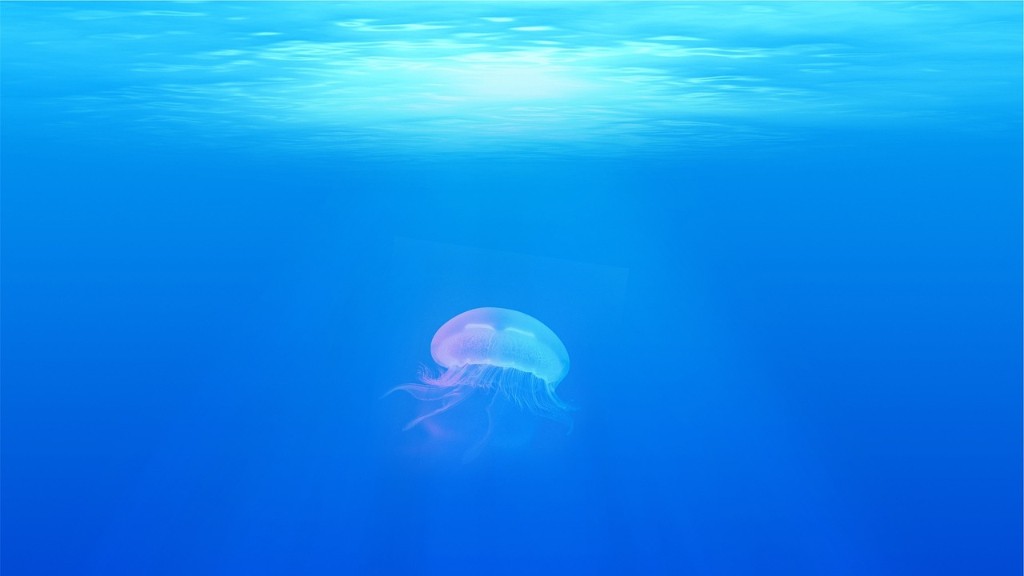Historical Background
The South China Sea is a vast semi-enclosed body of water bordered by China, Philippines, Vietnam, Malaysia, Brunei, and Taiwan. This strategically vital waterway for the past 500 years has been a contested area, especially since the United Nations Convention on the Law of the Sea (UNCLOS 3) from 1982. China claims ownership of a majority of the South China Sea, but has refused to recognize a 200-mile Exclusive Economic Zone (EEZ) established by UNCLOS, as most other countries in the region have done. With increasingly strained relations between China and its neighboring countries, especially the Philippines, it remains a complex and highly sensitive legal and territorial dispute up to the present day.
Status Quo Disputes
The Philippine government has always taken the stance that it owns the Spratly Islands and the surrounding 200-mile EEZ in the South China Sea, as recognized by UNCLOS. In 2009, Philippines initiated a case against China with the United Nation’s Permanent Court of Arbitration (PCA) in The Hague to affirm its territorial rights.
On the other hand, China has famously declared the South China Sea, which is also referred to as the “nine-dash line”, as its traditional fishing waters and has expressed exclusive sovereignty to it. China fiercely upholds the ‘historic rights’ in the South China Sea, which it claims it had acquired long before UNCLOS. In addition, China has over the years increased its military presence by occupying naturally formed islands, developing infrastructure, and by land reclamations.
Role Of The United Nations
The United Nations, in particular the UNCLOS 3, defines the exclusive rights of countries in the oceanic territory and provides guidelines for the safe and efficient use of maritime resources. The said convention grants exclusive jurisdiction for countries to explore and exploit resources within their established 200-mile EEZ and provides rules on innocent passage, navigation, and exclusive jurisdiction.
The UN Security Council (UNSC) has also been keeping a close eye on the matter, actively attempting to resolve maritime disputes in the South China Sea. Recently, there has been growing international support for a binding code of conduct, which is in accordance with the UNCLOS, to regulate and reduce tensions in the area.
Role Of The United States Of America
In the face of Chinese aggression, the United States has vowed to assist in patrolling the rights of the Philippines, Malaysia, and other countries in the region. It has conducted regular naval exercises as a way of expressing active support for freedom of navigation in the South China Sea according to the UNCLOS. It is the firm belief of the U.S. that when it comes to the UNCLOS, no country has the right to pick and choose the parts they want to comply with.
In April this year, President Biden declared that the U.S. will be committing more money and resources to assist Southeast Asian countries affected by China’s maritime expansion. President Biden had also assured the region of consistent U.S. presence in the South China Sea, affirming that it will not stand by and watch China infringe upon the sovereignty of its weaker neighbors.
Domestic Popularity
Among the different countries which are claimed by the South China Sea way, China is the only one which maintains a very close relationship between its ruling party and the mass population. In other words, this means that experts have argued the government of China uses nationalism as a tool to enforce national unity in the face of economic problems. As such, many local businesses and citizens stand to benefit economically from the country’s expansive claims on the South China Sea, making the ownership dispute a very popular topic in China.
The Power Of International Organizations
International organizations such as the Association of Southeast Asian Nations (ASEAN) and the United Nations Convention on the Law of the Sea (UNCLOS) has long been actively pursuing a resolution to the ongoing ownership conflicts concerning the South China Sea.
Led by Vietnam and the other ASEAN countries, the organization has constantly been pushing for a stronger Resolution 83/17 which calls for a peaceful and collaborative resolving of the conflict based on international law and UNCLOS 3.
An initiative called the ‘ASEAN-China Framework on the Code of Conduct (COC)’ was established back in 2000 and this asks all parties to work together to continue making progress to resolve the conflict.
Economic Interests
With the South China Sea being a highly disputed body of water, not only are nations fighting over territorial ownership, but it is also a struggle for control of the estimated 190 trillion USD worth of traded goods that pass through the South China Sea every year.
In addition, because the South China Sea has one of the world’s major fisheries grounds, it is of high economic value in terms of the fish and other resources that can be extracted from the seabed. A number of businesses in Malaysia, Philippines, and even China are in heated competition to capitalize on these natural resources.
Environmental Implications
The South China Sea dispute has numerous environmental implications, with dispute resolution heavily reliant on preservation and the conservation of the habitat and species living in the sea.
The region has coral reefs which makes it vulnerable to environmental disasters and exploitation. In order for the sea to remain biodiversity-rich, land reclamation activities and heavy fishing must be reduced drastically.
Also, any increased militarization of the region and possible spills from oil rigs could have a huge impact on the marine ecology of the South China Sea.
International Relationships
The struggle for control of the South China Sea has caused a High level of diplomatic tension between China and other countries in the region, particularly the Philippines. This enduring conflict has forced these countries to interact through both formal diplomacy and trade negotiations in order to find common ground on the conflict.
Additionally, other countries such as the United States, Japan and India, have kept a close watch on the ongoing dispute, sending in warships to blockade the energy-producing region although other countries have done the same such as by sending aircraft into the South China Sea. The lack of consensus among all the countries is considered one of the main factors in prolonging the dispute.
Legal Challenges
The legal battles concerning the South China Sea have intensified over the years since the claimant countries are claiming overlapping or even mutually excluding ‘historic rights’. The case which the Philippines brought against China with The Permanent Court of Arbitration (PCA) was dismissed after China rejected its jurisdiction.
In point of actual fact, the international legal system is not always powerful enough to discern the intricacies of territorial and maritime disputes in the South China Sea. International law cannot do anything to prevent the claimants from engaging in activities that are outside of its scope.
International Recognition
The dispute over ownership of the South China Sea has received increasing attention drawn by international mediation. This can be seen from the recent joint statement made by the U.S. and 11 of its allies and partners around the world on July 22nd 2020 where the signatories all agreed on the need to uphold and respect international law, the United Nations Convention on the Law of the Sea (UNCLOS 3), in particular.
Furthermore, the United Nations Security Council (UNSC) has reaffirmed a commitment to working closely together with the ASEAN to ensure a peaceful and cooperative resolution of disputes in the area. The UNSC has urged all claimant counties to respect and abide by the ruling and recommendations from the UNCLOS 3.


